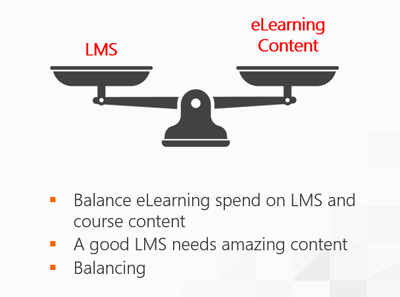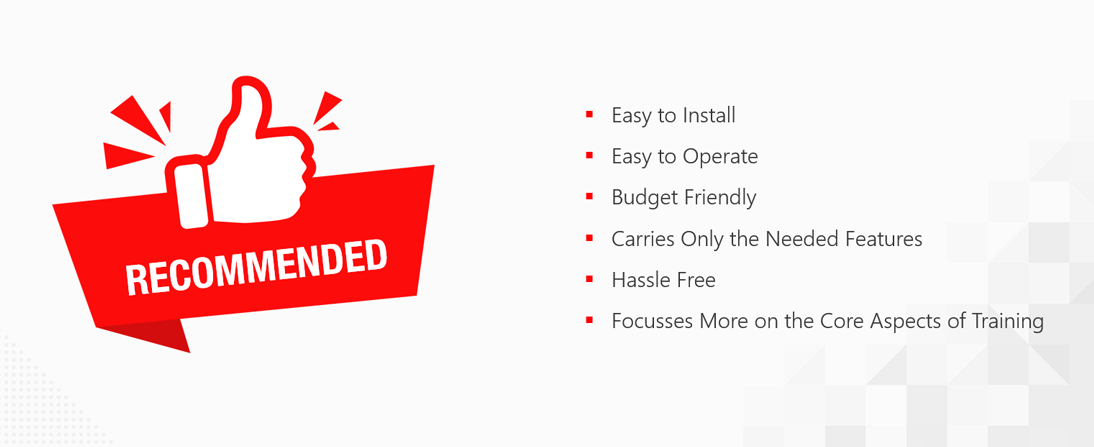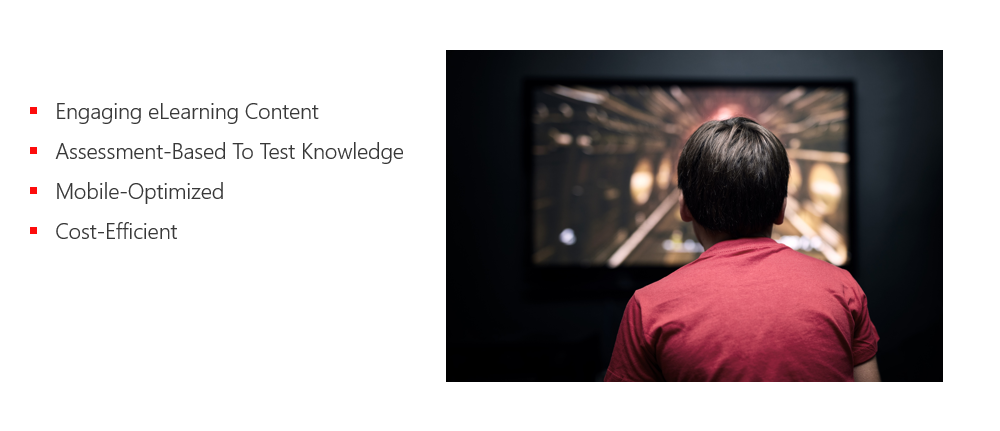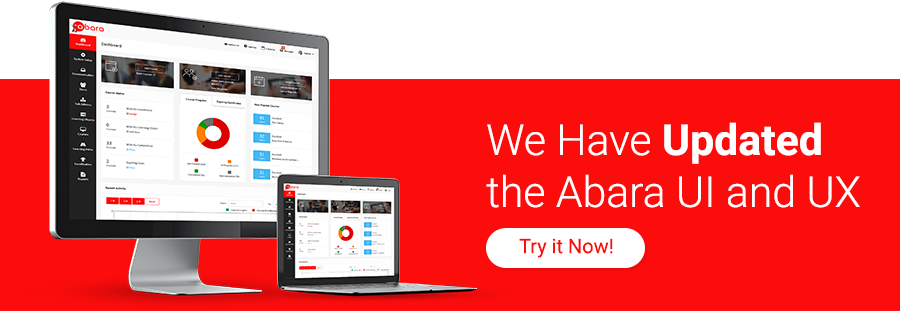Our previous blogs spoke about the training initiatives to carry over from 2019, new initiatives for 2020, and how to plan them. This article tries to outline a basic budgeting plan for the year 2020, while also defining the budget distribution towards a variety of available eLearning solutions, and finally help you plan the eLearning budgets for 2020.
On this Page
Planning Your eLearning Budgets for 2020
For the sake of discussion, let us consider the allocated L&D budgets to be minimal. The L&D department must decide to ration funds between learning technologies (LMS, LRS, LXP) and learning content (eLearning courses).

Internal course development using authoring tools (cost of licensing a tool) and outsourcing development to a professional agency (custom eLearning development) are additional points of consideration. What must the L&D do? Let’s find out.
eLearning Technology or eLearning Content?
Neither are avoidable, however one trumps the other albeit slightly. Rationing budgets between eLearning content and eLearning technology is simple. Imagine building a fancy library housing limited books, what purposes does one really serve then?

The LMS is your library and eLearning content your books. Corporate training needs are straightforward, allowing a robust, low-cost, no-frills-attached LMS to easily address the requirements. eLearning content is where corporates must place their focus and money. When organizations reverse the logic on this approach, they are left with a fancy library and very few books.
The Type of LMS to Pursue

Straightforward LMS with mobile application
Your organization needs an LMS with mobile training abilities. Increase in the number of smartphone users and easily available data plans supports mobile training. An LMS offering mobile-friendly content encourages learners to explore the concept of training-on-the-go.
Focus on UI and UX aspect for increased learner engagement
Never overlook the UI and UX of an LMS. L&Ds may place greater importance on functionality, features, and add-ons, however, an LMS’s UI and UX must also be considered. Research indicates how social media platforms regularly invest in upgrading the UI and UX in a bid to retain users. Engagement and simplifying usage via the LMS UI and UX is a cost-effective and straightforward solution to increased acceptance of training.
Low-cost LMS with affordable yearly licensing
Licensing an expensive LMS is a yearly affair. What seems like a good-to-have platform with a price to match, may eat into limited training budgets of small and medium organizations over the years. L&Ds must take into consideration the additional yearly fees, especially for training needs that are simple. The additional costs are justified only if the additional features are adequately used for the betterment of training.
Simple to administrate with greater focus on training
The objective of licensing an LMS is training employees, and efficient training is directly possible via an efficient LMS administration process. Easy-to-operate LMSs are often low-costing as well. Also, saving costs and avoiding complications are definite recommendations for 2020.
The Type of eLearning Content to Pursue

Content aimed at addressing current needs
The best time to deliver training is when the need is hot. Delayed training content often presents little value to learners. However, when training development is outsourced to agencies, you can expect an elongated development period given the design, complications, and back and fourths between client and vendor.
To avoid this, make 2020 about developing your own eLearning courses. And contrary to popular belief, it is quite easy.
All an enthusiastic L&D needs is a slide-based authoring tool. These tools are by far the easiest to operate and affordable to license. You require absolutely no coding or designing skills. In fact, these tools offer you interactive templates with audio synch abilities. To know more, visit abaraauthor.com, we have used and recommend it!
Strong focus on assessments
Good assessments engage the learner and provide the L&D with data needed to improve the training program. So, a 2020 eLearning course must focus on the assessment bit. Once again, an authoring tool such as JUSTAUTHOR can do the trick here. The tool has dedicated assessment-based templates and slides that can be added to the eLearning course at specific or regular intervals.
Highly engaging
Employee or learner engagement is important for a training program to succeed. And 2020’s training plan primarily depends or leverages employee engagement. Courses with more to-the-point content are engaging. However, there is another way as well, we call it HTML page building.
Most L&Ds are familiar with the module-type eLearning courses. Complete one and move to another. HTML page building breaks this traditional mould. HTML page building, like the name suggests, is comparable to building an HTML webpage, not too different as compared to popular social media platforms!
A complete course with videos + audio + images + text can be placed on one page to look like an informative webpage. It’s comparable to you reading this article or any other webpage!
And that is another way to spruce your traditional training concepts by doing things differently.
Response-based assessments
Finally, we have response-based assessments which is a subset of social learning. Response-based assessments are assessments presented by learners in a video format. Sales professionals are a group of learners who benefit the most from response-based assessments. Not only does it give learners get a first-hand idea of their colleagues’ approach to the problem, but the person sharing the video feels valued and appreciated as well. The real benefit lies in the after-use of the best videos. L&Ds can simply load it on the LMS for all other professionals to the view the video, thereby training learners with responses from other learners. Hence, we call it a subset of social learning.
Planning eLearning Budgets for 2020 – Conclusion
When planning your eLearning budgets for 2020, keep in mind that an engaging LMS needs equally engaging content to work. In most cases, you can build courses internally using an authoring tool. Internal building also saves time and cost while giving you complete access over development. We recommend the JUSTAUTHOR platform, it’s a template-based authoring tool that will help save on resources allowing you to build eLearning courses at scale. Moreover, it requires absolutely no coding or designing skills to operate.
Finally, if an LMS with advanced but important feature is your need, we have our very own Abara LMS! Take a trial, test our platform, schedule a demo as well because we want you to experience Abara’s functionality first-hand and then take a decision!


